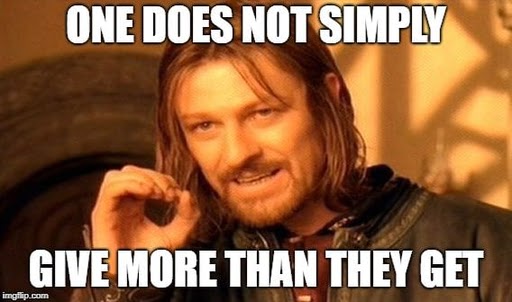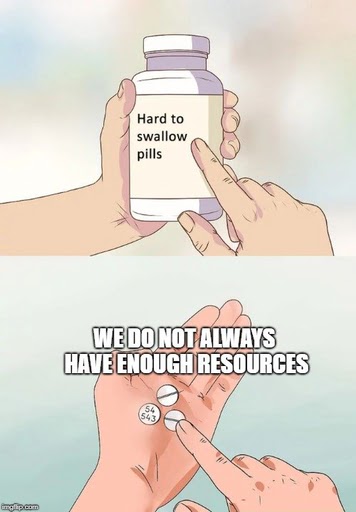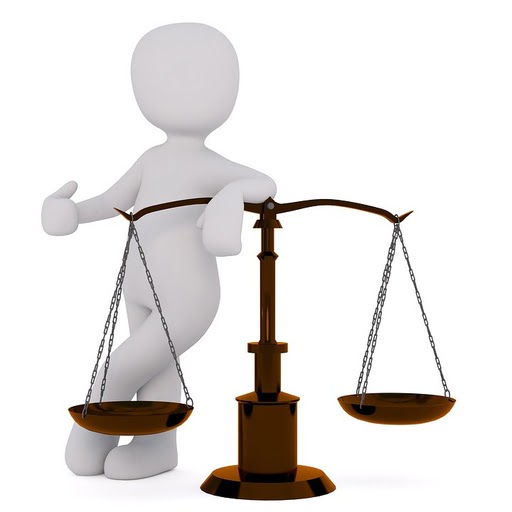Cost-benefit analysis is a method used to determine whether a project or purchase is worthwhile by evaluating its costs and benefits. The analysis compares the calculated costs and benefits according to established principles and reaches a conclusion based on the comparison. Essentially, a project is considered acceptable if its benefits outweigh its costs.
Imagine being asked to pay one hundred dollars for a single bar of chocolate. It’s clear that such a purchase is not worth it. From the small decisions we make every day to the major choices in life, we constantly evaluate what we give versus what we receive. When faced with multiple options, we choose the one that provides the most benefits at the lowest cost. Whether we realize it or not, we are constantly performing cost-benefit analyses.

Definition of Cost-Benefit Analysis
Cost-benefit analysis is a framework used to calculate the costs and benefits of a project or purchase in order to determine its worthiness. The analysis follows established principles and compares the calculated costs and benefits to arrive at a conclusion. In essence, a project is deemed acceptable if its benefits outweigh its costs.
When faced with multiple projects, those with more benefits than costs can be approved. However, constraints such as financial limitations often require us to choose between various options.

In such situations, the project with the lowest cost-to-benefit ratio is chosen. This means selecting the project that offers the lowest cost per unit of benefit. By choosing the best project or combination of projects, scarce resources can be allocated efficiently. It is important to note that projects with negative benefits, where the costs exceed the benefits, should never be chosen.
Before delving further, let’s understand some key concepts that govern the calculation of costs and benefits.
Standard Unit of Measurement
Comparing apples to oranges is not possible. In order to reach a conclusion, all aspects of the project, both positive and negative, need to be expressed in a common unit of measurement. Money is the most convenient unit, so all costs and benefits are measured in their monetary values.
Sunk Costs
Consider a scenario where you bought a $15 ticket for a basketball game well in advance. However, on the day of the game, it starts snowing and your favorite player, whom you were excited to see, is sick and unable to play. The game no longer holds much interest for you. Would you still attend the game and lose the money you spent?

Most people would still attend the game simply because they have already invested a significant amount of money in it. However, this decision is flawed. Attending the game will not allow them to recover the value of the money already spent. It will only result in enduring a boring match!
The money that has already been utilized is considered a sunk cost. Any actions taken afterwards will not impact this cost; it cannot be recovered. Disregarding this principle can sometimes lead to a situation known as the “extra cost trap.”
Imagine going to the theater to watch your favorite play and realizing that you have lost the $20 ticket that you had purchased in advance. Would you buy another ticket or skip the play altogether? Most people would choose to skip the play because they would feel that it is not worth paying twice the amount for the ticket. However, the sunk cost principle suggests that you should ignore the money already spent and decide whether the future benefits of watching the play are worth the future cost. Think of it this way: If you had simply lost $20 in cash instead of the ticket, would you still go to the play? The answer is probably yes, since the value of the play is not linked to the amount lost.
Business organizations often struggle to abandon strategies that they have invested a significant amount of time and resources in, even if those strategies are not the right choice for the company. A decision maker should only consider the costs and benefits that will be incurred from the time of the decision going forward. The decision should be based on future cash flows and expected benefits, while ignoring sunk costs.
Choosing one option out of many means forgoing the others. The opportunity cost is considered the cost of the alternative choices that are not chosen. For example, deciding to go to college includes not only the cost of tuition and books, but also the cost of the missed opportunity to earn money. The value of the best alternative that is forgone is taken into account when calculating the opportunity cost.
People often fail to consider opportunity costs when they are not explicitly stated. They may choose to do something themselves, such as mowing the lawn, in order to save money that they would have to pay someone else to do the service. However, this decision seems illogical if they could use the same time to engage in an activity that would earn them more money than the cost of hiring help. The opportunity cost of mowing the lawn themselves is that they cannot engage in another activity that could potentially yield higher returns.
Did you know that the value of one dollar in the future will be significantly less than the value of one dollar today? This difference in the value of money over time is not solely due to inflation. The dollar that you have today can be invested and will accumulate interest, making it worth much more in the future.
For this reason, in addition to expressing costs and benefits in monetary values, they must also be expressed in terms of a specific time period. The time value of money is a crucial aspect to consider, especially when costs and benefits accrue over a long period of time.
If the interest rate is r, then after t years, one dollar will grow to (1+r)t. On the other hand, in order to have one dollar after t years, you need to invest (1+r)-t dollars today. This is called the discounted value or present value of one dollar available in the future. For example, the present value of one dollar after one year at a 10% interest rate is calculated as (1+0.1)-1, which is equal to 0.9090. Similarly, the present value after two years is (1+0.1)-2 = 0.8264 and so on. To calculate this using a simple calculator, divide 1 by 1.1 (assuming a 10% interest rate) and press the equal key as many times as the number of years you want to calculate.
(The figures have been rounded off to four decimal places)
 Calculate the present value of costs and benefits (Photo Credit: Pixabay)
Calculate the present value of costs and benefits (Photo Credit: Pixabay)
In order to determine the present values of costs and benefits that will occur in the future, we need to convert them into today’s values. By multiplying these amounts with the present value of one dollar in the future, we can obtain the present values of those amounts. For example, if the present value of one dollar after two years at a 10% interest rate is 0.8264 (as calculated earlier), then the present value of $500,000 after two years at the same rate would be 500,000 x 0.8264, which amounts to approximately $413,200.
This demonstrates that, at the assumed interest rate, receiving $500,000 after two years is equivalent to receiving $413,200 today. This understanding helps us make better decisions by accurately calculating amounts to be received or paid over time.
Obstacles in Implementing Cost-Benefit Analysis
The main challenge in implementing this type of analysis lies in identifying and quantifying the costs and benefits involved. Hidden or indirect costs may be overlooked, leading to an underestimation of costs. On the other hand, benefits are often easy to identify but difficult to measure, especially when they are non-monetary and qualitative in nature.

The valuation of certain costs and benefits must be based on individuals’ actual behavior. This becomes highly individual-specific, as it involves people’s preferences and their judgment of the value of a non-monetary cost or benefit. For instance, if a person has the option to park close to a destination for a fee of 50 cents or park farther away and spend an additional 5 minutes walking, their choice reflects that they value their time at more than 10 cents per minute. If they were indifferent between the two choices, it would indicate that they perceive the value of their time to be exactly 10 cents per minute.
In addition, costs and benefits are typically measured through market choices. The value of goods and services fluctuates based on the demand for those specific commodities.
Some situations require assigning a monetary value to human life. This notion has faced significant opposition from the general public. However, it is not feasible to fund every project that claims to save human lives, thus a rational basis becomes necessary to determine which projects are approved and which ones are not.
Proper Evaluation of Costs and Benefits
In order to reach a sound conclusion, it is crucial to adequately consider and assess both the costs and benefits. This involves accurately identifying and measuring them. Additionally, it is essential to apply the principles of sunk cost and opportunity cost, as well as discounting the costs and benefits to their present values.

